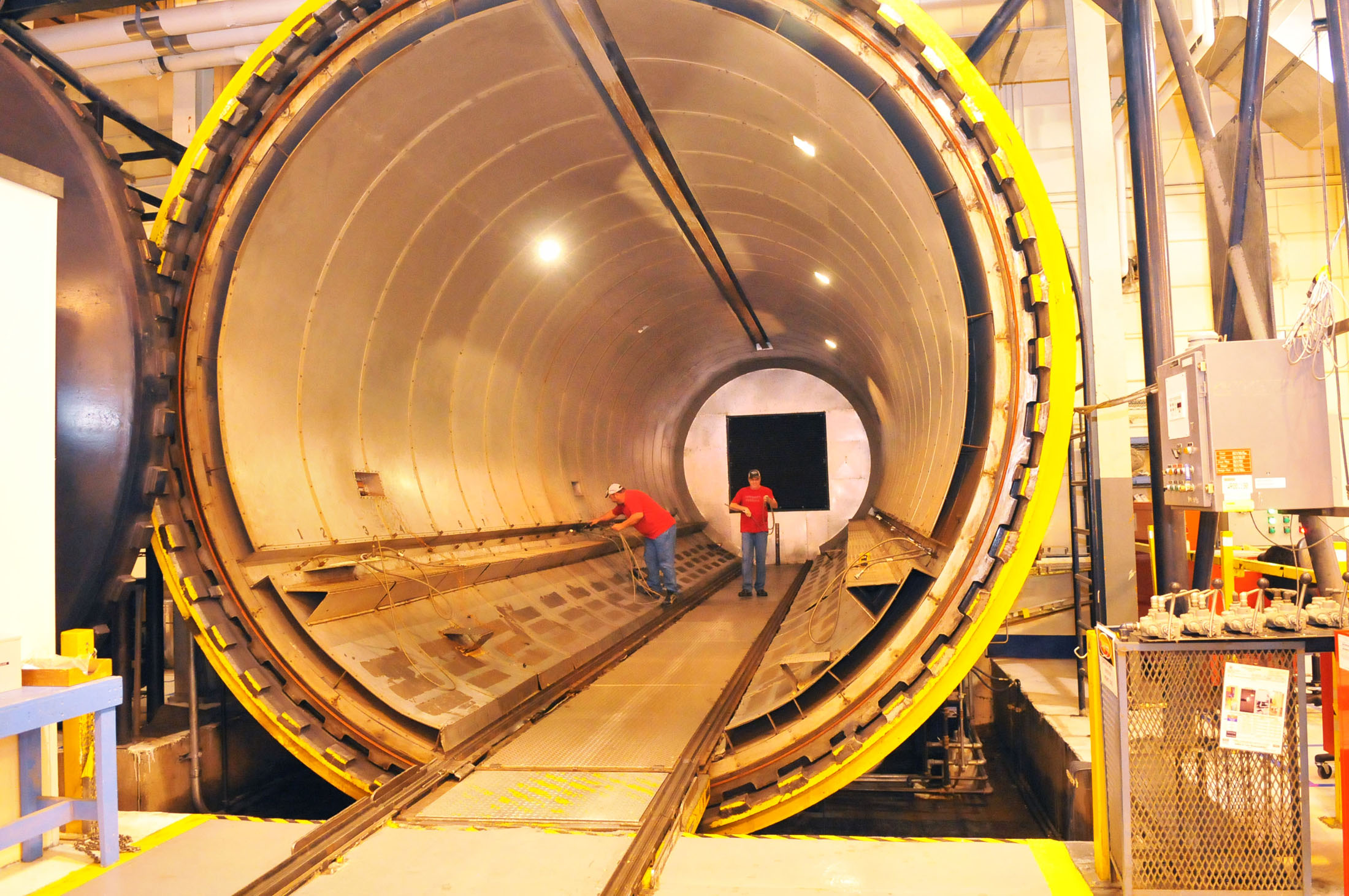Aerospace Composite Parts, Without the Autoclave

When you talk about the new aerospace composite parts, engineers usually put layers of carbon composite woven over one another, and they bake this with pressure in a vacuum to create layers as one light and the robust aerospace composite part.
These techniques have been around for many years now, and MIT researchers are trying to modernize this process. A team of MIT researchers uses a technique that allows researchers to eliminate the curing of the process.
The primary reason for eliminating the auto enclave is to make an auto enclave that requires a full process. You need a two or three-story building to make a simple piece like a wing or fuselage. Now they do not need an autoclave, so they got rid of the enormous infrastructure, which also saves time.
Now that a considerable step is eliminated from the process, how do they make composite parts? Well, the process is far more straightforward. They wrap carbon composite weaves in ultrathin carbon nanotubes (CNTs). They later pass electricity through the sheets, which cures the material and fuses them. The current in acts like a nanoscale electricity blanket, which produces immense heat.
The out-of-oven technique is also energy efficient. It only requires one percent of the electricity that the autoclave method required.
Out-of-oven manufacturing is filling a significant gap in the market. However, there is still a massive dilemma that the aerospace industry is managing. The manufacturers have invested huge amounts in the autoclave technique.
However, many manufacturing facilities are switching to the out-of-oven technique. It is cost-effective, and it is more convenient because the new aircraft pieces are more prominent and in a vast number.
Since autoclave was an expensive process, other industries were not using the technique. Since autoclave is becoming obsolete, the automobile industry is also starting a similar technique to make their parts. The automotive that you will use might be made from the same procedure.

 Tech Steel & Materials
Tech Steel & Materials